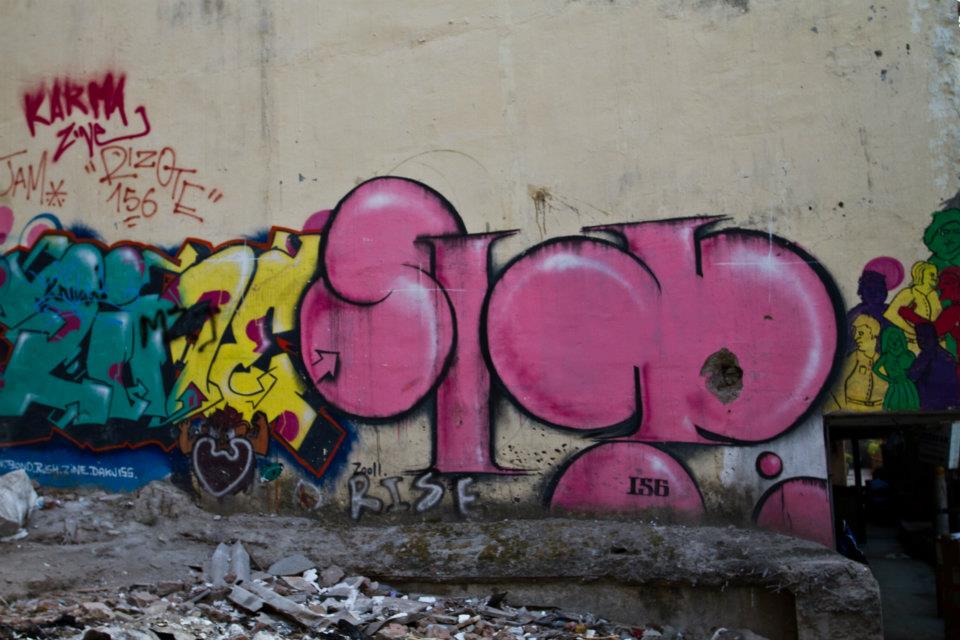HKV: Exploring Spaces Transformed By The Young Urban Elite
NEW DELHI: Located in Delhi’s most metropolitan area—South Delhi, Hauz Khas boasts of everything chic and elite. Popularly known as Hauz Khas Village; HKV in teenager’s slang, this “Urban” village is the hub of upper class restaurants, bars, art studios, travel cafes, a fort that hosts selfie-clicking group of youngsters, and a water tank that gives the place its name. This mosaic that is bustling with creativity every day and night has come a long way to become the definition of Delhi’s young urbanites’ identities.
The renowned area of Hauz Khas is well known for providing a working space for young intellectuals while being a prominent hang out for party-goers; most of them ignorant about the development of this “Urban Village.”
In 1986, this area was a farmland, survived by 1500 inhabitants, living in 160 kuccha and semi-kuccha houses. The people were farmers, cultivating wheat and gram in winters and bajra in the summers.
The urbanization process in the capital started in 1950s and 60s when Delhi Development Authority (DDA) started purchasing vast tracts of land from people to make space for the influx of migrants. The land acquisition went on till late 1980s. This “planned” development of Delhi’s authorities led to reduction of agricultural economic activity in the area, which was reduced to a printing press, a small manufacturing facility of washing machines, two export garment units and a marble godown. There was still an air of rurality with the presence of a few tea stalls, small grocery shops, pan sellers, flourmill and a washerman’s stand.
Now, this area has become a token of an alternative universe, a crossing of capitalist malls and previously rural space, making it less mainstream and a hotspot for people who have money but supposedly hate the privileges it comes with. This space has recently been dominated by people who can’t afford to shop at the tony neighborhood of Jor Bagh and are too elite to hang out at a mainstream bar in Connaught Place—the emerging middle class which aspires to occupy every space of the upper classes.
This humungous metamorphosis of a farmland to the symbol of Global City Living was augmented by the arrival of Bina Ramani, an independent divorced woman who was bold and vocal about her thoughts. She set up her fashion business in this affordable area, where other boutique owners followed her, attracted by affordable housing.
The process of gentrification—renovating the area, followed by influx of affluent residents, often displacing the lower income households—has defined the aspirations and aesthetics of a cosmopolitan city by a burgeoning class that wishes to change its social identity through “symbolic landscape” as observed by Lucie Bernroider.
The development has been unregulated, with clustered cafes in potholed gullies, with some dingy but some unpretentious restaurants. The three-storeyed buildings are filled with bars, art studios, music cafes, bookstores, reading rooms, themed clubs, and some illegally occupied residential properties. The property value in this area is soaring even though available land is less, causing a crammed development. This development also brought wealthy families who own their vehicles, causing a parking problem; four-wheelers have restricted entry in the village. Due to extensive commercialization of this village, parking lots had been set up for the residents which now also cater to additional vehicles arriving in the area. Abundance of the visitors led to the tourism department and local authorities declaring it a pedestrian zone, where visitors’ cars have to be parked outside.
Hauz Khas has always been a point where culture, history, creativity and urban fantasies collide; one often overpowering the other. The history of this place dates back to Alaudin Khilji who built the great (Khas) water tank (Hauz) in 13th century for the purpose of providing water for the nearby Siri fort. A century later, Firoz Shah Tughlaq repaired the damaged tank and built various tombs and madarsas around it. These structures displaced a small community of Muslim, Jats and Harijans who returned later, after the fall of the sultanate. During early 20th century, people were living in these monuments and earning from farming their lands. The Archeological Survey of India (ASI), in 1913, declared these constructions as protected monuments and so, the inhabitants were forced to move outside the walls of the complex. The villagers used the compensatory gold which they got from the authorities to build what is known as Hauz Khas village, only to be later displaced by the gentrifying forces trying to rearrange the aesthetics of the neighborhood.
Now, the urban village is representative of a cosmopolitan urbanity that is constantly trying to occupy spaces and transform them according to the imaginaries of the young urban elite.





